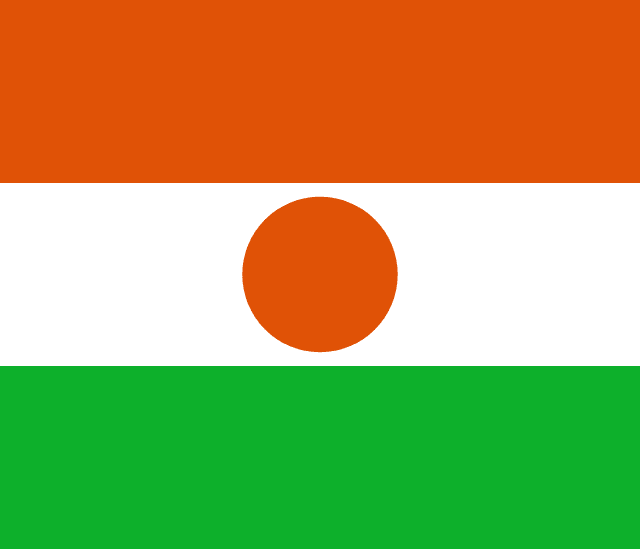Country Information
| Sovereign State | Yes |
| Country Codes | BF, BFA, 854 |
| Official Name | Burkina Faso |
| Continent | Africa |
| Capital | Ouagadougou |
| Government Type | Semi-presidential republic |
| Currency | West African CFA franc (XOF) |
| Calling Code | +226 |
| Member Of | United Nations, African Union, Economic Community of West African States, Organisation of Islamic Cooperation |
| Population | Approx. 20.9 million (as of 2023) |
| Total Area | 274,222 square kilometers |
| Highest Point | Tena Kourou (749 meters or 2,457 feet) |
| Lowest Point | Mouhoun (Black Volta) River (200 meters or 656 feet) |
| GDP Per Capita | Approx. $700 (as of 2023) |
| Life Expectancy | Approx. 61 years (as of 2023) |
| Internet TLD | .bf |
Burkina Faso National Anthem
Une Seule Nuit (One Single Night)
Against the humiliating bondage of a thousand years
Rape and outrage of a thousand years
The geniuses of our big brothers toiled and fought
And lo, the day has come
This immense jubilation from the ancestors
The Africa of our fathers, the Africa of our pride
This song rising from the heart of the patriots
Death in the storm, or victory in the struggle
And lo, the day has come
Flags of Neighboring Countries





History of the Burkina Faso Flag
The flag of Burkina Faso, adopted on August 4, 1984, is a symbol of the country’s values, history, and aspirations. The flag was introduced following the renaming of the country from Upper Volta to Burkina Faso, under President Thomas Sankara.
The flag consists of two horizontal stripes of equal width, red on top and green below, with a yellow five-pointed star in the center. The red symbolizes the revolution and the blood of national martyrs who fought for independence and justice. The green represents the country’s natural riches and hope for a better future. The yellow star signifies the guiding light of the revolution.
The choice of colors and the design of the flag were part of the broader revolutionary changes initiated by Sankara, aiming to break with the colonial past and foster a new national identity rooted in pan-Africanism and socialist values. The colors are also traditional Pan-African colors, representing a connection to the wider African continent and its struggle for independence and unity.
Since its adoption, the flag of Burkina Faso has become a symbol of national pride, representing the country’s struggle for social justice, dignity, and progress. The flag is prominently displayed in public buildings, at national events, and in international settings, symbolizing the unity and identity of the Burkinabe people. It stands as a testament to the country’s past struggles, its cultural heritage, and its ongoing pursuit of social and economic development.

